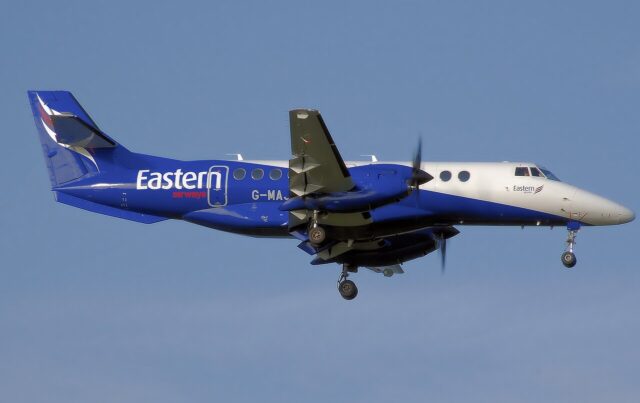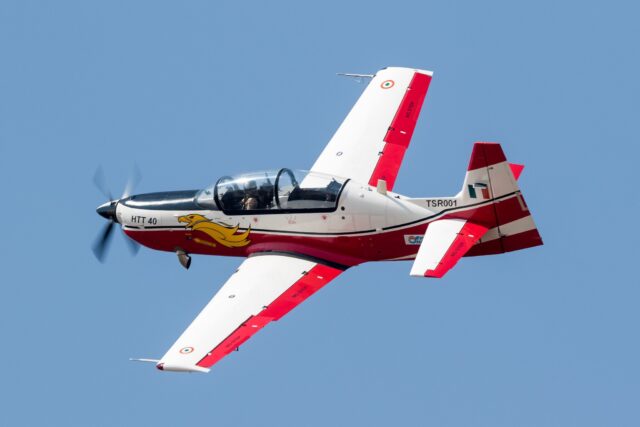Fuel savings and smoother flights: Wizz Air rolls out cockpit technology to tackle turbulence and CO2

August 12, 2025

Wizz Air has begun rolling out advanced in-flight technology across its entire fleet in a bid to improve operational efficiency and deliver a smoother flying experience for passengers.
The Hungarian-headquartered low-cost carrier says the upgrades will give its 2,700 pilots real-time, artificial intelligence-powered tools for optimising flight performance and managing weather conditions, including avoiding turbulence.
AI-powered tools for flightpath optimisation
Since March, crews have been using StorkJet’s FlyGuide Flight Path Optimisation (FPO) software, an AI-driven system that analyses both aircraft performance models and actual flight data.
Recommendations on speed and altitude are tailored to each aircraft and each phase of flight, from climb to descent, with results delivered directly to pilots’ tablets.
“FlyGuide FPO delivers clear, aircraft-specific recommendations for speed and altitude throughout the whole flight, helping pilots make better decisions – improving fuel efficiency, reducing CO₂ emissions, and enhancing overall flight performance, without adding complexity,” said Renata Niedziela, CEO at StorkJet.

Wizz Air’s trials, covering more than 10,000 flights, indicated a fuel and CO₂ reduction of between 0.5% and 1% per sector.
“Flight Path Optimisation from StorkJet assists our pilots in smart decision-making,” says Diarmuid Ó Conghaile, chief operations officer at Wizz Air. “The solution is easy to use, reduces CO2 emissions, and supports our long-term Net Zero 2050 aspirational goals.”
Giving pilots the tools to avoid weather hazards in real time
From August, the airline also began equipping flight decks with AVTECH’s Aventus and SIGMA systems, which provide route-specific weather updates in real time.
The technology builds on pre-flight meteorological briefings by issuing in-flight alerts for hazards such as turbulence, thunderstorms, icing and volcanic ash.
Pilots can visualise their route in terms of location, altitude and time, and receive onboard computer prompts to choose the most efficient routing.

David Rytter, CEO at AVTECH, said the technology was powered by the latest aviation weather forecasts from the UK Met Office.
“The Aventus and SIGMA service combination delivers accurate and tailored wind and temperature information to the flight deck during flight, along with automatic and precise alerts for turbulence and other weather hazards along the flight path,” he said.
Initial analysis suggests Aventus alone can save 10–15 kg of fuel per flight by fine-tuning descent points.
The systems also promise fewer altitude changes, reduced exposure to turbulence, and quieter climbs and descents.
“While both these functions operate behind the scenes, the benefits are noticeable for passengers on board,” said Ó Conghaile. “By combining the latest advances in weather forecasting and flight planning, Wizz Air is giving its 2,700 pilots the latest generation in in-flight tools to serve our more than 75 million annual passengers with a better flying experience.”
ANA’s AI-based turbulence prediction
Weather prediction software for pilots is a fast-developing area of aviation technology.
Last week, All Nippon Airways (ANA) implemented an AI-based turbulence prediction service developed by BlueWX Company – the first airline in the world to do so.

ANA’s adoption of the system follows several years of extensive testing and validation. Trials involving 2,500 ANA pilots confirmed its reliability, leading to its formal integration into ANA’s weather data infrastructure.
The turbulence prediction model, developed using deep learning techniques and a decade of turbulence data, has an 86% accuracy rate, ANA said.
















